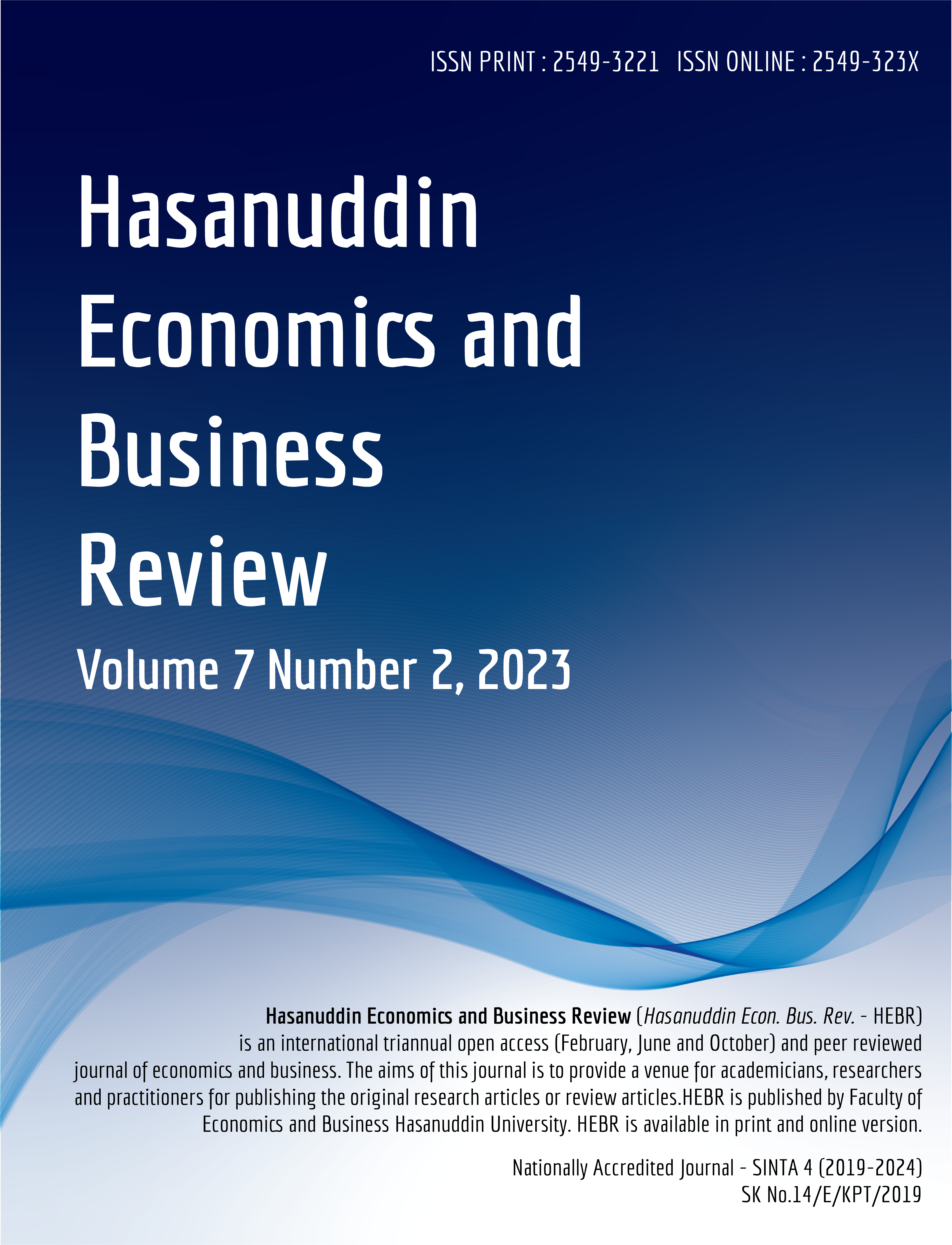Abstract
This research examined the implementation of the Dual Pathway Creativity Model (DPCM) as a function of cognitive flexibility and cognitive persistence in employees working at companies engaged in the tourism sector in West Sumatra. Dual Pathway Creativity Model (DPCM) suggests a more comprehensive theory about employee creativity. DPCM argues that a flexible and pleasant environment can encourage flexibility and creativity. However, problems and a less flexible environment might also encourage creativity, but through a different process compared to a flexible environment. This research used a purposive sampling technique with 96 respondents, consisting of employees working in the tourism sector. The results showed that cognitive flexibility had a positive effect on employee creativity in the tourism sector in West Sumatra, while cognitive persistence had a negative effect on employee creativity in the tourism sector in West Sumatra.References
Amabile, T. M. (1983). “The Social Psychology of Creativity: A Componential Conceptualizationâ€. In: Journal of Personality and Social Psychology 45, pp. 357–376.
— (2012). “Componential Theory of Creativityâ€. Harvard Business School, Working Paper.
Amabile, T. M. and M. G. Pratt (2016). “The Dynamic Componential Model of Creativity and Innovation in Organizations: Making Progress, Making Meaningâ€. In: Research in Organizational Behavior 36, pp. 157–183.
De Dreu, C. K. W., M. Baas, and B. A. Nijstad (2008). “Hedonic tone and activation in the mood–creativity link: Towards a dual pathway to creativity modelâ€. In: Journal of Personality and Social Psychology 94, pp. 739–756.
Dietrich, A. (2004). “The Cognitive Neuroscience of Creativityâ€. In: Psychonomic Bulletin Review 11, pp. 1011–1026.
Dreisbach, G. and T. Goschke (2004). “How Positive Affect Modulates Cognitive Control: Reduced Perseveration at The Cost of Increased Distractibilityâ€. In: Journal of Experimental Psychology: Learning, Memory, and Cognition 30, pp. 343–353.
Nijstad, B. A., C. K. W. De Dreu, E. F. Rietzschel, and M. Baas (2010). “The Dual Pathway to Creativity Model: Creative Ideation as a Function of Flexibility and Persistenceâ€. In: European Review of Social Psychology 21, pp. 34–77.
Nijstad, B. A. and W. Stroebe (2006). “How The Group Affects The Mind: A Cognitive Model of Idea Generation in Groupsâ€. In: Personality and Social Psychology Review 10, pp. 186–213.
Rietzschel, E. F., C. K. W. De Dreu, and B. A. Nijstad (2007). “Personal Need for Structure and Creative Performance: The Moderating Influence of Fear of Invalidityâ€. In: Personality and Social Psychology Bulletin 33, pp. 855–866
Authors who publish in this journal agree to the following terms:
- The journal holds the copyright for each article published with work licensed simultaneously under a Creative Commons Attribution 4.0 International License, which allows others to share the work with an acknowledgement of the authorship and early publication of the work in this journal.
- Authors must agree to the copyright transfer agreement by checking the Copyright Notice column at the initial stage when submitting the article.

